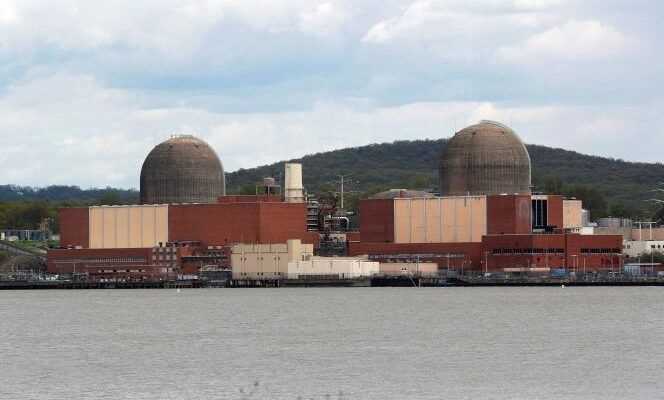The American federal government approved, Tuesday, May 11, the construction of a field of wind turbines at sea in the Atlantic, off the very opulent island of Nantucket, (Massachusetts): 84 turbines capable of generating 800 megawatts – a capacity close to that of a nuclear reactor – and to supply electricity to 400,000 households. The Vineyard Wind project is due to go into operation in 2023. It had been delayed by the Trump administration, which wanted to examine the nuisance inflicted on whales and commercial fishing. A previous program had failed under pressure from residents and the same is true off Long Island, near New York, where cases are progressing slowly, due to opposition from residents.
The stake is capital if the United States wants to succeed in its energy transition. The Biden administration intends to develop 30 gigawatts of offshore wind power by 2030. This scale is one of the best ways to power urban mega-cities on the East Coast, while the historic Indian Point nuclear power plant , which supplied New York, was permanently disconnected in early May. Now, it is gas that produces more than 90% of the city’s electricity.
The government has set itself the goal of achieving carbon neutrality by 2035 in electricity production, which implies the continued closure of coal-fired power stations and the development of renewable energies. On this point, the United States has made enormous progress in ten years, thanks to the boom in solar and wind power. Including hydraulics, a fifth of energy is “green”, a share that doubles if we add nuclear. The problem with clean energies is that they are intermittent, far from consumption centers and their connection to the grid creates vulnerabilities.
Need for energy security
Wind and solar fields are found in the Great Plains – in Texas, Oklahoma, Kansas and Iowa – while in California wind power is developed but represents only 8% of the electricity consumed. The multiplicity of players induced by the use of renewable energies makes network management complicated. The unprecedented cold snap that hit Texas in February was a reminder. By an extraordinary combination of circumstances, all sources of electricity were found to be faulty: frozen wind turbines, batteries for storing electrical energy prematurely emptied, coal reserves transformed into concrete, cooling circuits of a frozen nuclear power plant.
You have 37.73% of this article left to read. The rest is for subscribers only.
